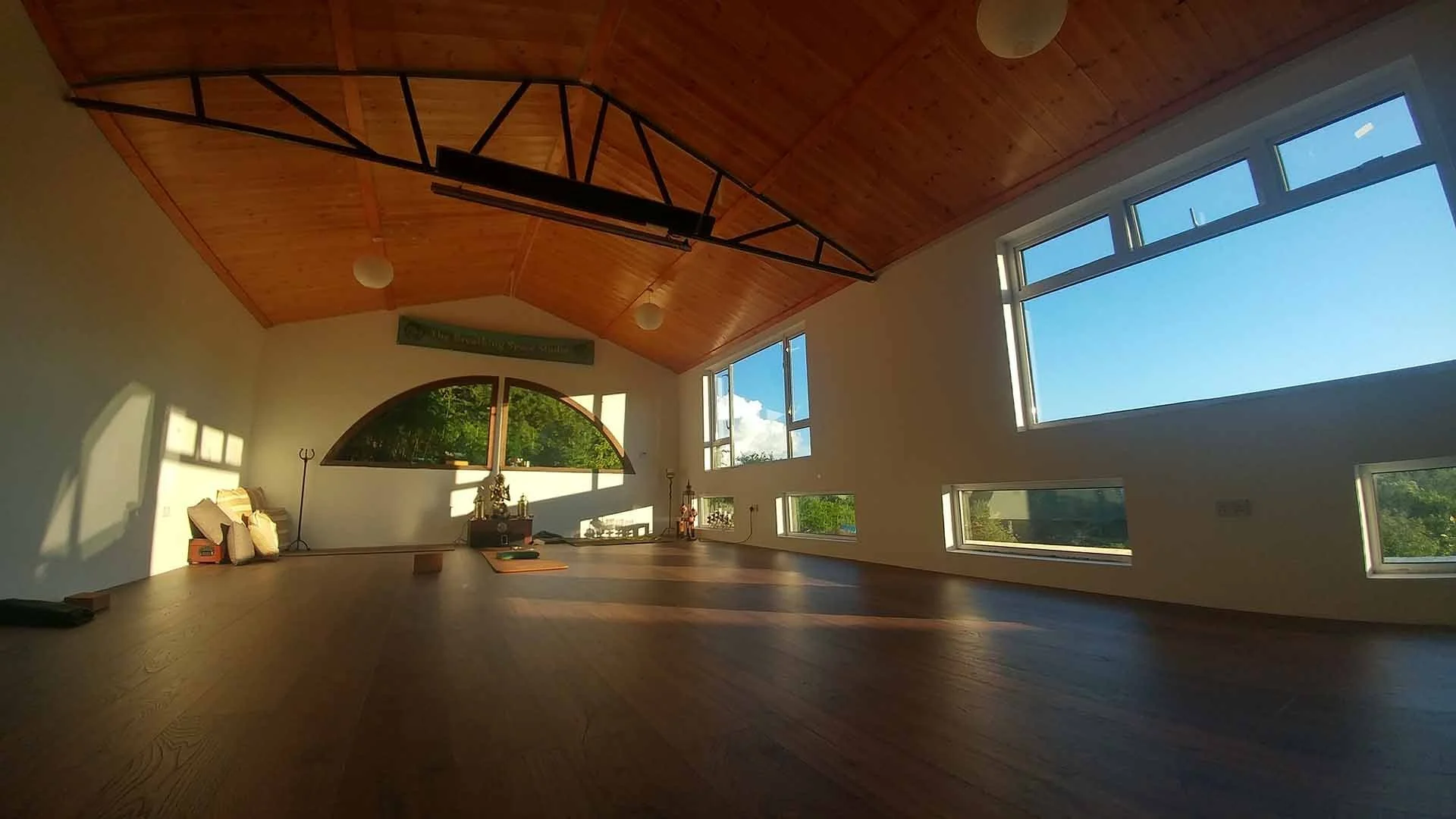Discover Your Dosha
In Ayurveda, the ancient system of natural healing, everything in nature—including us—is made up of five elements: earth, water, fire, air, and ether (space). These elements combine in various ways to form three primary energies or doshas: Vata, Pitta, and Kapha. Each dosha has its own characteristics and governs different aspects of our body and mind.
Your Prakriti is your unique combination of these three doshas, representing your natural constitution or blueprint. It’s determined at the time of conception and reflects your inherent qualities. Prakriti shapes everything from your body type and digestion to your mental tendencies and emotional responses. While it remains relatively stable throughout life, your doshas may shift in response to lifestyle, diet, or environmental factors.
Here’s a simple breakdown of the doshas:
Vata (air and ether): The energy of movement—creativity, flexibility, and communication. When balanced, Vata brings lightness, enthusiasm, and imagination. When out of balance, it can lead to feelings of anxiety, restlessness, and dryness.
Pitta (fire and water): The energy of transformation, digestion, and metabolism. Balanced Pitta brings clarity, focus, and strong willpower. When imbalanced, it can lead to irritability, inflammation, or burnout.
Kapha (earth and water): The energy of stability, nourishment, and grounding. Balanced Kapha offers calm, endurance, and compassion. When out of balance, it can result in sluggishness, attachment, and emotional heaviness. Ayurvedic practitioner.
Understanding your Prakriti and dosha combination allows you to make lifestyle, diet, and self-care choices that are in harmony with your true nature. In yoga, the practice can be tailored to keep your doshas balanced. By choosing specific poses, breathing techniques, and movement styles that complement your dominant dosha, you can foster greater balance, health, and vitality. For example, if your dominant dosha is Vata (prone to anxiety and restlessness), grounding, slow-paced practices can help calm your nervous system. If you’re predominantly Pitta (focused and fiery), cooling and calming practices can prevent burnout. If you have a Kapha imbalance (feeling heavy or sluggish), energizing and invigorating practices can help stimulate both body and mind.
In my classes, I encourage you to honor your dosha and listen to what your body needs today. Yoga should work with your constitution, adjusting your practice based on how you feel in the present moment, rather than forcing one-size-fits-all movements. By nurturing your individual needs through yoga, you’ll achieve greater inner balance and well-being.
This is a light-hearted and fun quiz designed to give you a quick glimpse into your possible dosha type. It’s not a full diagnostic tool, and your true Prakriti (natural constitution) is something that’s best explored over time. If you're curious to learn more or if something in the quiz sparks your interest, feel free to chat with me before or after class—I’m always happy to guide you further. For a deeper understanding of your dosha and how to bring it into balance, you might also consider connecting with a qualified Ayurvedic Practitioner.
What’s Your Dosha? – Discover Your Prakriti
For each category below, choose the option (A, B, or C) that best describes you in your natural state, not just how you feel today.
1. Body Frame
A – Light, thin, finds it hard to gain weight
B – Medium build, gains/loses weight fairly easily
C – Solid, broad, gains weight easily, finds it hard to lose
2. Skin
A – Dry, rough, cool, thin
B – Warm, reddish, prone to rashes/acne
C – Soft, oily, cool, pale or fair
3. Hair
A – Dry, frizzy, thin
B – Fine, straight, prone to early greying or thinning
C – Thick, wavy or oily
4. Appetite & Digestion
A – Irregular appetite, forgets to eat, gas/bloating
B – Strong appetite, gets cranky if meals are delayed
C – Slow digestion, steady appetite, may overeat for comfort
5. Energy Levels
A – Bursts of energy followed by fatigue
B – Consistent and purposeful
C – Slow and steady, can go for long periods without tiring
6. Mind
A – Active, restless, creative
B – Sharp, focused, ambitious
C – Calm, peaceful, compassionate
7. Sleep
A – Light sleeper, may have difficulty falling or staying asleep
B – Moderate sleeper, dreams are vivid
C – Heavy sleeper, may oversleep
8. Response to Stress
A – Anxious, nervous, fearful
B – Irritable, frustrated, aggressive
C – Withdrawn, avoids confrontation, may emotionally eat
Scoring
Count how many As, Bs, and Cs you selected.
Mostly A = Vata
Mostly B = Pitta
Mostly C = Kapha
If you have a relatively even mix (e.g. 3 A’s, 3 B’s, 2 C’s), you might be a dual-dosha type (Vata-Pitta, Pitta-Kapha, or Vata-Kapha). If all three are balanced, you may be Tridoshic.
Upcoming events
-

Yogi Day Trip - Krishna Island.
Sunday 18th May 12pm - 4pm
Join us for a peaceful day trip to Krishna Island. Experience soulful Kirtan, wisdom talks, a delicious vegetarian lunch, and the serene beauty of this sacred space. 🌿🎶 This is a free event, with a small suggested donation of €5 for the ferry and €6 for lunch to support the temple community. 🙏✨
-

Reiki Level 1 - Heal With The Cycles
June 7th & 8th
10am - 6pm
This 2 day workshop will give a unique perspective of incorporating Reiki along side the cycles of the moon, your womb and your life cycle.
Reiki Level 1 marks the beginning or continuation of your personal healing journey. By taking control of your own well-being and engaging with this Japanese meditation technique, you can experience its healing benefits for the body, mind, and soul.
-

The Foundations of Yoga - Retreat
September 12th - 14th
Mulvarra House, St. Mullins.
The Foundations of Yoga Retreat - Root into the tradition. Rise into your own rhythm


